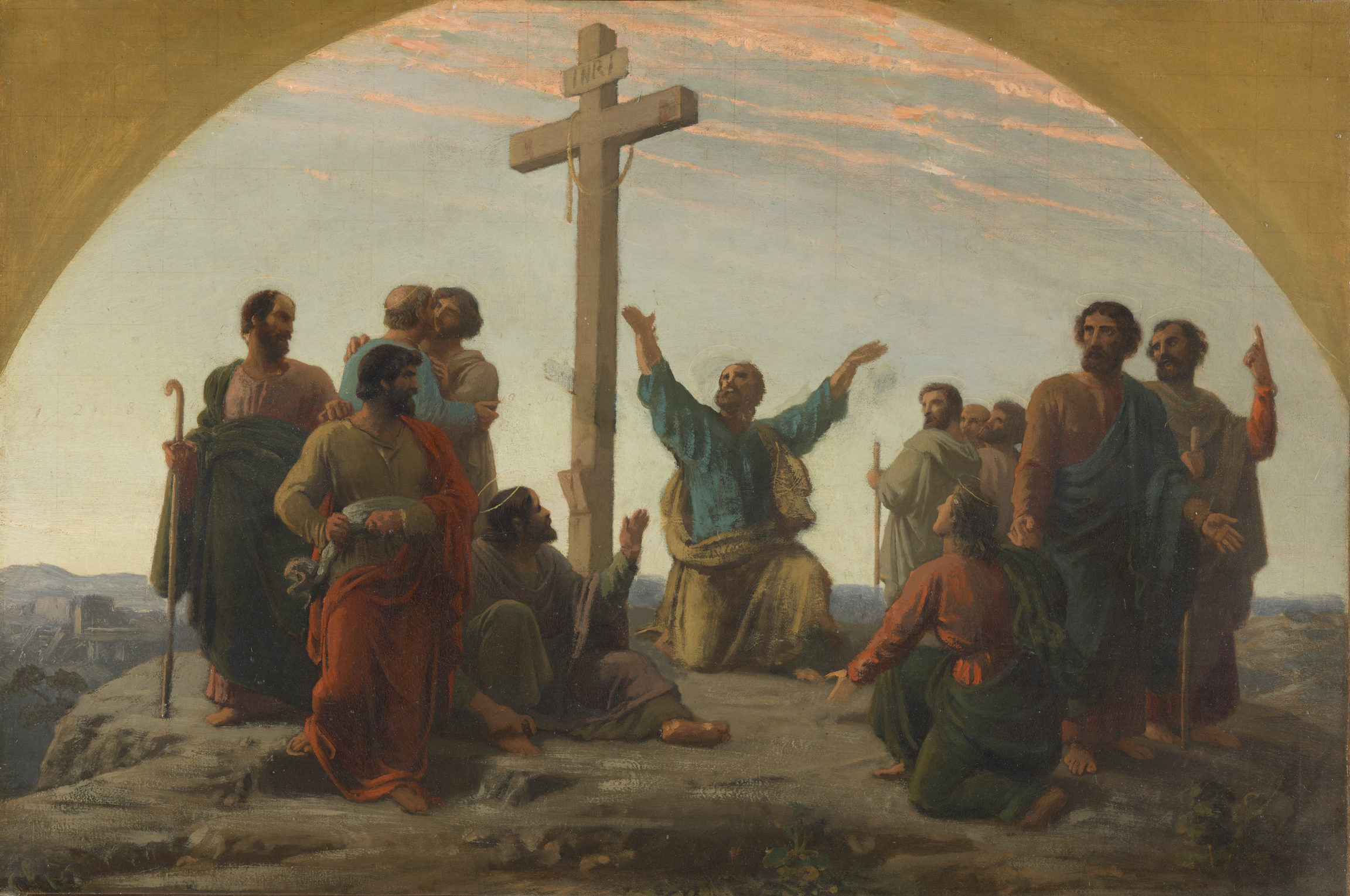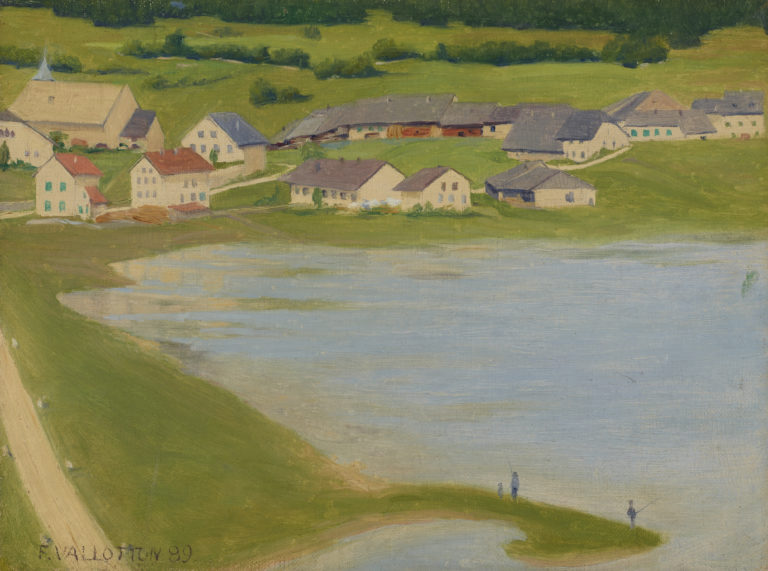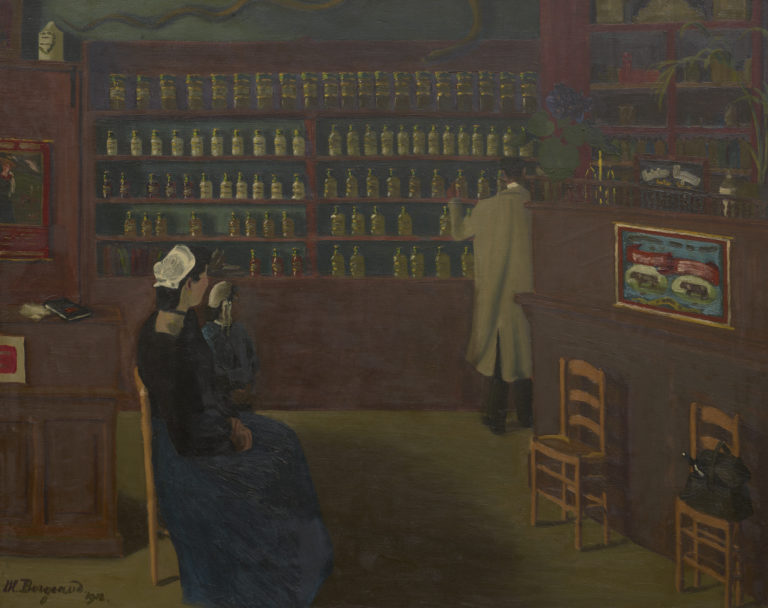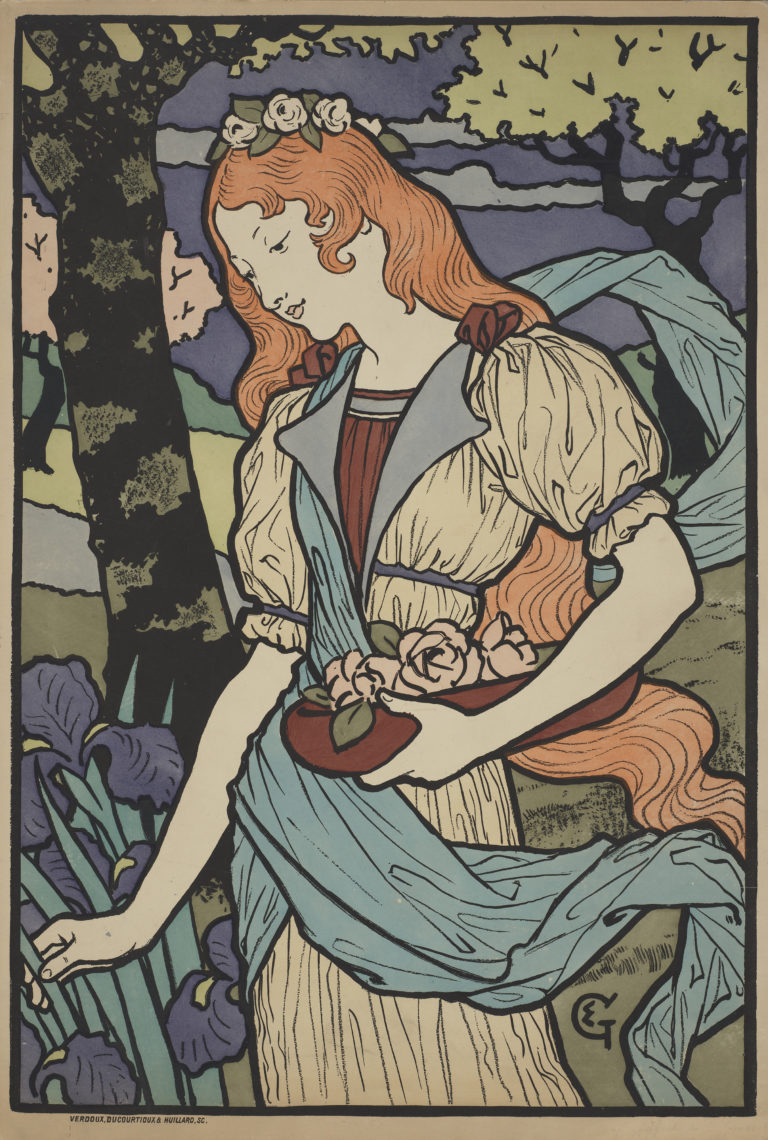Bibliography
Philippe Kaenel, « Départ des apôtres et retour à l’art religieux », in Catherine Lepdor (ed.), Charles Gleyre. Le génie de l’invention, exh. cat. Lausanne, Musée cantonal des Beaux-Arts, Milan, 5 Continents Editions, 2006: p. 137-144.
William Hauptman, Charles Gleyre 1806-1874. I Life and Works. II Catalogue raisonné, Princeton, Princeton University Press, Zurich, Swiss Institute for Art Research (SIK-ISEA), 1996: n° 478.




Charles Gleyre achieved instant success at the 1843 Paris Salon with Le Soir (Evening), an Orientalist reverie that won a Second Class medal and was acquired by the French state. Two years later, on a rising tide of interest in religious art, he showed The Separation of the Apostles at the same salon. The scene was straight from his imagination: there is no mention in the Gospels of the twelve apostles gathering on Golgotha, with Matthias taking Judas’s place. Gleyre, raised in the Protestant tradition, was keen to stress the importance of the apostolic mission. The painting was another huge success, winning a First Class medal and again being purchased for the state collection. The critics were lavish in their praise, except for Baudelaire who sneered “M. Gleyre, wishing to paint apostles – apostles, M. Gleyre! – was unable to triumph over his own painting”.
This is the only known painting produced in preparation for the finished work, now in the Musée Girodet, Montargis. Gleyre was at pains to render the detail of the folds in the clothing and the background landscape. However, the finished work differs from this preparatory painting in a number of ways. The overall composition is identical: the apostles, gathered around Peter at the foot of the cross, are about to go their separate ways to spread the good word. However, the cross – seen from the front in the work shown at the Salon – is here turned to the left, while Peter has shifted position several times, as shown by the still-visible traces of previous poses. For the finished work, Gleyre intensified the facial expressions and the theatricality of the poses, heightening the humanity of the Apostles and downplaying their religiosity in slim haloes that are verging on transparency.